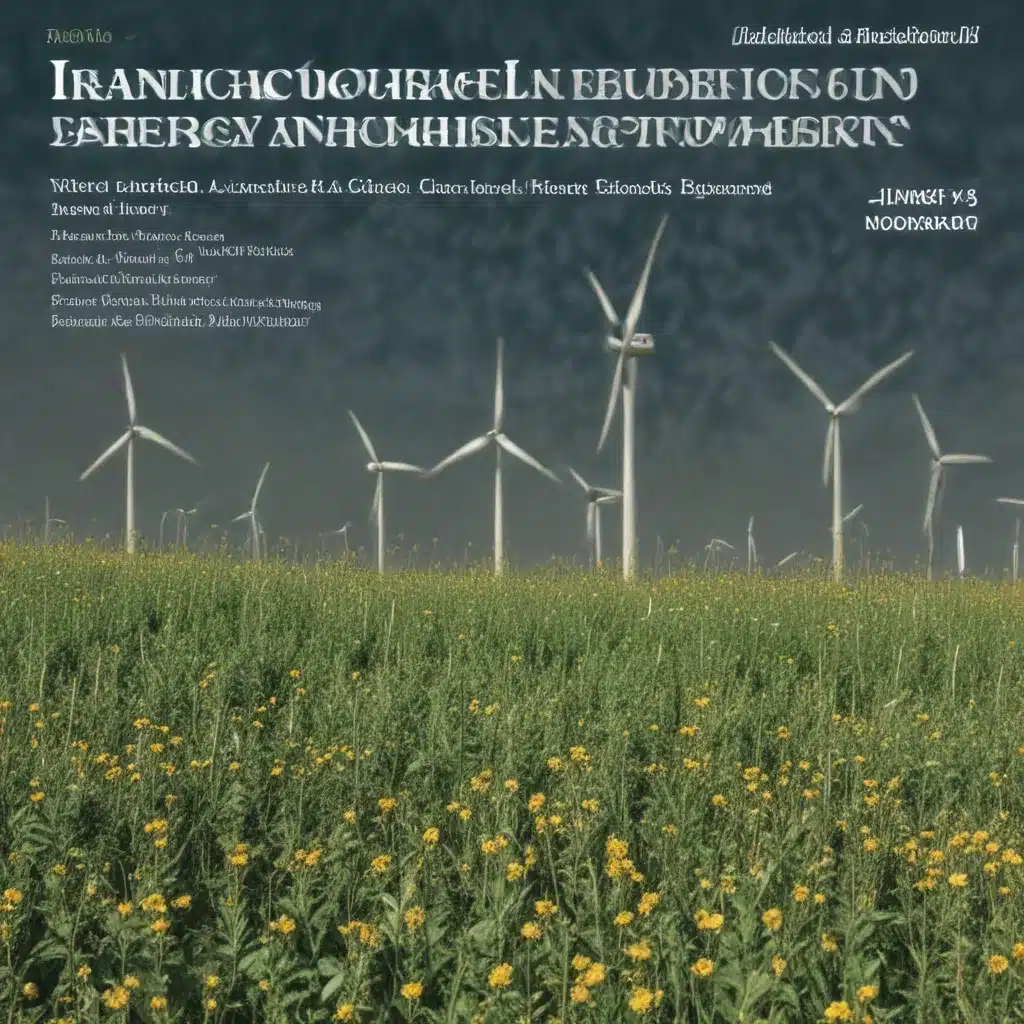
Understanding the Fundamentals of Air-Cooled Heat Exchangers
Air-cooled heat exchangers are a vital component in a wide range of industrial and commercial applications, from HVAC systems to power generation. As seasoned experts in this field, we understand the critical role these heat transfer devices play in maintaining optimal operational efficiency, reliability, and energy conservation.
At the core of an air-cooled heat exchanger is the principle of transferring heat from a fluid (typically a liquid or gas) to the surrounding air. This process is facilitated by the use of fins or extended surfaces, which increase the surface area available for heat transfer. By leveraging the natural convection of air, these heat exchangers can effectively dissipate heat without the need for water or other liquid coolants, making them an attractive choice in applications where water availability or quality is a concern.
Designing for Optimal Performance
When it comes to the design of air-cooled heat exchangers, several key factors must be considered to ensure optimal performance. One of the primary considerations is the selection of the appropriate fin geometry and configuration. The shape, size, and spacing of the fins can have a significant impact on the heat transfer rate, pressure drop, and overall efficiency of the heat exchanger.
For example, the use of serrated or louvered fins can enhance the turbulence of the airflow, leading to improved heat transfer coefficients. Alternatively, the implementation of wavy fins can increase the surface area without significantly impacting the pressure drop. By carefully analyzing the specific requirements of the application and the fluid properties, heat exchanger designers can select the most suitable fin design to optimize performance.
Another crucial aspect of air-cooled heat exchanger design is the selection of materials. The choice of materials for the core, fins, and other components can affect the overall durability, corrosion resistance, and thermal conductivity of the heat exchanger. Factors such as the operating environment, chemical composition of the fluids, and maintenance requirements must be taken into account when choosing the appropriate materials.
Enhancing Thermal and Aerodynamic Efficiency
Maximizing the thermal and aerodynamic efficiency of air-cooled heat exchangers is crucial for achieving optimal performance and energy savings. One effective strategy is to incorporate advanced finned tube designs, such as enhanced finned tubes or micro-channel heat exchangers. These designs can significantly increase the surface area available for heat transfer, leading to improved heat transfer coefficients and reduced pressure drop.
Additionally, the use of computational fluid dynamics (CFD) simulations can provide valuable insights into the airflow patterns and temperature distributions within the heat exchanger. By analyzing the CFD data, engineers can identify areas of high-velocity airflow, turbulence, and potential hot spots, allowing them to make informed design decisions to optimize the heat exchanger’s performance.
Maintaining Optimal Air-Cooled Heat Exchanger Performance
Proper maintenance and regular inspections are crucial for ensuring the long-term performance and reliability of air-cooled heat exchangers. Regular cleaning of the fins and tube surfaces can help maintain optimal heat transfer efficiency by removing any accumulated dirt, debris, or biological growth. Additionally, the condition of the fans, motors, and other mechanical components should be regularly monitored and serviced to prevent premature failures.
In some cases, the performance of an air-cooled heat exchanger may degrade over time due to factors such as fouling, corrosion, or changes in operating conditions. In such scenarios, it is essential to have a thorough understanding of the heat exchanger’s design, materials, and operating parameters to effectively troubleshoot and implement appropriate remedies.
Advancing Air-Cooled Heat Exchanger Technologies
The field of air-cooled heat exchanger technology is constantly evolving, with researchers and engineers exploring innovative ways to enhance performance, increase energy efficiency, and address emerging challenges. Some of the recent advancements in this field include:
-
Hybrid Cooling Systems: The integration of air-cooled heat exchangers with water-cooled systems can provide a flexible and efficient solution, allowing for improved thermal management in applications with variable heat loads or limited water availability.
-
Biomimetic Fin Designs: Inspired by nature, researchers are exploring biomimetic fin designs that mimic the intricate structures and patterns found in natural heat transfer systems, such as the gills of certain fish species or the leaves of plants.
-
Additive Manufacturing: The use of 3D printing technology in the fabrication of air-cooled heat exchangers can enable the creation of complex, customized geometries and intricate internal structures, leading to enhanced heat transfer and reduced pressure drop.
-
Nanomaterial-Enhanced Coatings: The application of nanomaterial-based coatings on the heat exchanger surfaces can improve thermal conductivity, reduce fouling, and enhance corrosion resistance, ultimately contributing to improved overall performance and reliability.
By staying informed about these emerging trends and technologies, heat exchanger professionals can continue to push the boundaries of what is possible, delivering increasingly efficient and reliable solutions to meet the growing demands of various industries.
Conclusion
Air-cooled heat exchangers play a pivotal role in a wide range of industrial and commercial applications, serving as critical components for effective heat dissipation and thermal management. By understanding the fundamental principles, design considerations, and maintenance best practices, professionals in this field can unlock the full potential of these heat transfer devices, optimizing efficiency, reliability, and energy savings.
As seasoned experts, we remain committed to sharing our knowledge and insights to empower our readers with the tools and strategies necessary to navigate the ever-evolving landscape of air-cooled heat exchanger technology. By embracing innovative solutions and staying attuned to the latest advancements, we can continue to drive progress in this vital field, contributing to a more sustainable and energy-efficient future.
For more information on air-cooled heat exchangers and their applications, please visit our website at https://www.aircooledheatexchangers.net/.

